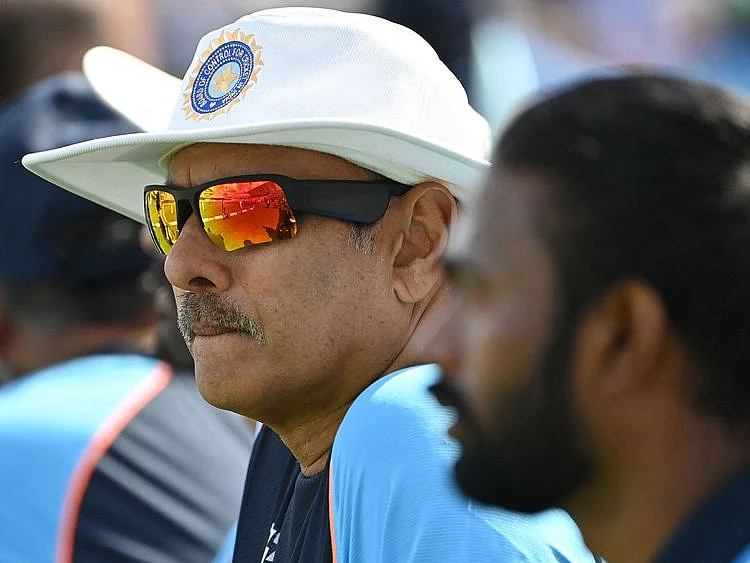England vs India: The difference between a COVID-19 ‘bio-secure bubble’ and a ‘controlled bubble’
‘Anyone and everyone can’t even pay a visit to family or friends from the outside world’

Also In This Package
Look! Brazil vs Argentina World Cup qualifier abandoned
Look! David Beckham's son Romeo signs pro deal
Teen Fernandez stuns Kerber, reaches US Open quarters
Look! Tokyo 2020 Paralympic Games closing ceremony
Bonhomie, practice for teams as IPL in the UAE nears
Look! Ronaldo gets favourite No.7 jersey at Man Utd!
India’s Coach Ravi Shastri has tested positive for COVID-19 and has been isolated from the team along with support staff.
Shastri, who has been overseeing the five-Test series against England in the UK, has been staying in a ‘controlled bubble’ along with the players, which is different from a ‘bio-secure bubble’.
Also Read
Ganguly: Cricket at its best as England and India slog it outPakistan head coach Misbah-ul-Haq and bowling coach Waqar Younis step down COVID-19: India head coach Ravi Shastri tests positive, isolated with other support staffCricket: Rizwan helps Sharjah return to winning ways in UAE domestic leagueBio-secure is an environment which is cut off from the outside world. Everyone engaged in the tournament including the players, support staff and match officials are limited only to a few places. The point is to minimise the risk of contracting infection through limited contact from the outside world. Most importantly in the bio-secure bubble, players are not allowed to have access to families, visitors and relatives for the duration of the tournament. Anyone and everyone can’t even pay a visit to their family or friends from the outside world.
A controlled bubble is where the players are allowed to have access to places only if everyone around is fully vaccinated. This is the new norm followed in England where players are not put in a bio-secure bubble and can meet people from outside as long as they are vaccinated.
A vaccination does not guarantee that you can’t catch COVID and depends on a person’s immunity and — unfortunately in case of Shastri — he did catch the virus and now has been isolated from the team. We at Gulf News wish him a speedy recovery.
Sign up for the Daily Briefing
Get the latest news and updates straight to your inbox
Network Links
GN StoreDownload our app
© Al Nisr Publishing LLC 2025. All rights reserved.